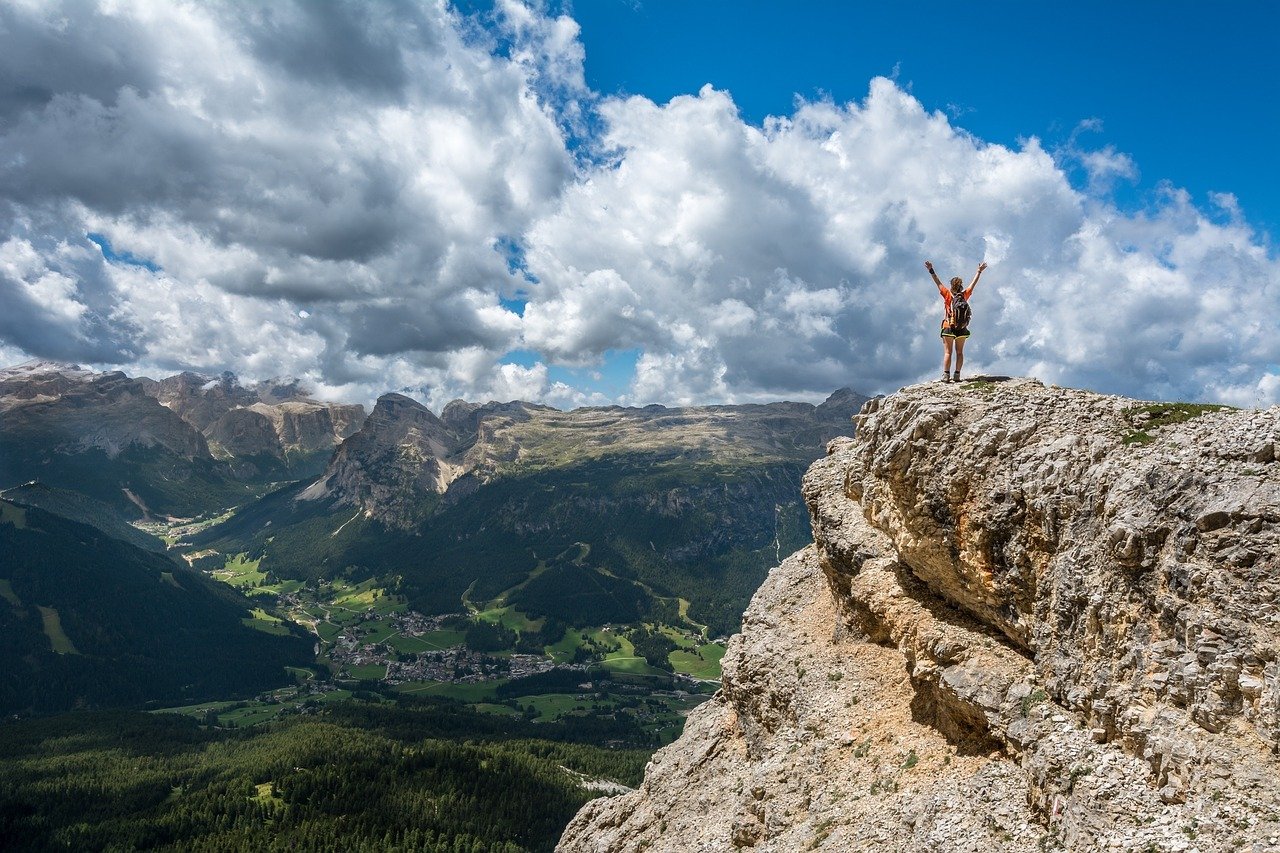If you have ever climbed a high mountain, or at least saw a movie involving someone doing it, then you know that it definitely isn’t an easy thing to do.
There are plenty of challenges climbers need to overcome when trying to reach the top, which is why in many cases, only those with professional training are able to do it. After all, not every trek can be as climber-friendly as the Marangu route in Tanzania.
However, what exactly are those challenges that make it so hard to climb a high mountain, such as Mount Everest or K2? Well, that’s what we’re about to discuss in this article. So, if you want to know what are the most common challenges climbers face when climbing a high mountain, keep on reading.
 photo source
photo source
Altitude Sickness
The first challenge that any climber faces when trying to climb a high mountain is altitude sickness, which is none other than the lack of oxygen in the air. Of course, this is something that professional mountaineers can overcome, but it’s still a very serious issue.
Even though the effects of altitude sickness are very different from one person to another, we can say that there are two main symptoms – headache and nausea. Also, we can say that regardless of those two symptoms, which everyone suffers from altitude sickness, some people can develop additional symptoms, including anorexia, insomnia, and shortness of breath.
In order to overcome altitude sickness, one must use a special device known as a ‘breathing mask.’ This device works by taking the air from the environment and filtering it before sending it into the mask. There are also special pillows that are used to help with breathing at higher altitudes.
Accidents and Injuries
Another common challenge that climbers have to face when climbing high mountains is accidents and injuries. Of course, not all accidents and injuries occur during the climbing process itself, but they’re still very common.
Falling down the mountain, frostbite, or even being attacked by wild animals are events that are common and potentially extremely dangerous. Many climbers know someone who has died trying to reach a summit. However, these situations are likely but preventable. Climbing high mountains comes with a risk, but there’s also a reward.
High Winds
If you’re going to climb a high mountain, you need to be prepared for weather conditions that are usually very harsh there. This is why you need to make sure you pack your stuff well and take everything you need with you.
One of the most common weather conditions in high mountains is high winds. You should know that not only that high winds may cause accidents, but they can also destroy your equipment and mess up your plans.
Lack of Oxygen
As we already mentioned in the first section of this article, lack of oxygen is a very common challenge that climbers face when trying to reach the top of a high mountain. Since there’s less air in higher altitudes, there’s less oxygen as well, so you’ll have to breathe deeper in order to get some oxygen into your lungs.
You already know that breathing deeper can lead to headaches and nausea due to the lack of oxygen. However, this problem can be easily overcome by using breathing masks and pillows. Many professional climbers use these tools on high mountains just in case they face these problems.
Physical Exertion
Climbing a high mountain requires a lot of physical exertion because you’ll have to carry all your luggage with you while walking uphill for miles and miles every single day.
Carrying heavy equipment isn’t an easy task for anyone, so it’s highly recommended that you practice physical exercises before attempting to climb a high mountain, especially if you don’t have professional training in physical fitness or hiking. Other than that, just stay hydrated and stop every once in a while if you feel exhausted or exhausted.
Unfavorable Weather Conditions
The weather conditions on high mountains are pretty harsh and unpredictable, which is why you need to be prepared for anything, including unfavorable weather conditions. There are plenty of days when you won’t be able to see anything from the sky because of all the clouds, so it’s very hard to predict how long it will take you to reach your destination. Also, there are days when the sky is completely clear, which means that you’ll have to deal with strong sunlight, which can be harmful to your eyesight.
Lack of Equipment and Supplies
Many climbers get to the top of the mountain, but they have no equipment or supplies with them. While this may not be an issue in some places, it’s a severe problem in high mountains because of how dangerous and unpredictable they are.
That’s why you need to make sure you’re well-equipped for the worst-case scenario. You wouldn’t want to end up stuck on the top of a high mountain with no food, water or equipment with you.
Final Thoughts
Now that we covered all of the challenges that mountaineers face when trying to climb a high mountain, it’s time to talk about the benefits of climbing a mountain. Most people don’t know that there are many advantages, including physical fitness and mental fortitude, which is something every person needs.
Of course, you can also say that climbing a high mountain is very challenging and very risky, which is why you shouldn’t take it lightly, and you should make sure you’re well prepared for whatever comes your way. Still, mountaineering is a life passion for many people. Maybe you’ll become one of them?




